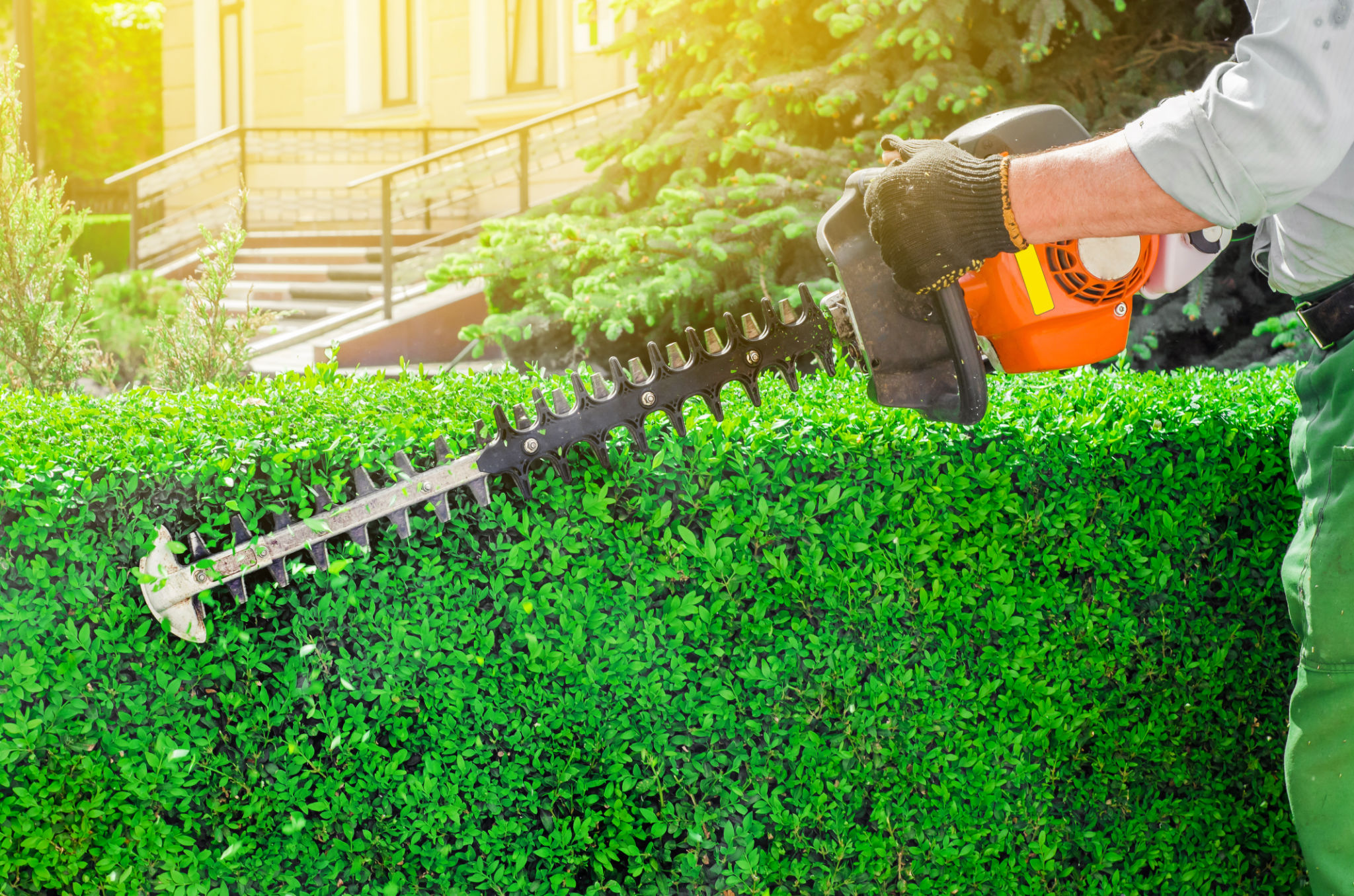DIY Tree Pruning: Tips and Tricks for Homeowners
Understanding the Basics of Tree Pruning
Tree pruning is an essential practice for maintaining the health and aesthetic appeal of your yard. By removing dead or overgrown branches, you not only enhance the tree's growth but also improve the safety of your property. Before grabbing your tools, it's crucial to understand the basic principles of pruning, including which branches to cut and when to perform this task.

Why Prune Your Trees?
Pruning is critical for several reasons. It helps in promoting healthy growth by allowing more sunlight and air to penetrate the tree's canopy. Additionally, it minimizes the risk of falling branches, which can be dangerous during storms or windy conditions. A well-pruned tree can also enhance the visual appeal of your landscape, increasing your property's value.
When Is the Best Time to Prune?
Timing plays a crucial role in tree pruning. For most trees, late winter or early spring is ideal as it allows for vigorous growth in the spring. However, flowering trees might require pruning immediately after blooming to avoid cutting off next year's flowers. Always research the specific needs of your tree species before proceeding.

Essential Tools for Tree Pruning
Having the right tools is imperative for effective pruning. Basic tools include pruning shears for small branches, loppers for medium-sized branches, and a pruning saw for larger limbs. Ensure your tools are sharp and clean to make precise cuts and prevent the spread of disease.
Safety First: Precautions to Take
Safety should always be your top priority when working with sharp tools and potentially heavy branches. Wear protective gear such as gloves, safety goggles, and a hard hat if necessary. If you're dealing with high branches, consider using a sturdy ladder or consulting a professional arborist.

Pruning Techniques for Success
Employing the correct pruning techniques can make a significant difference in the outcome. The three-cut method is effective for removing large branches: start with a cut on the underside to prevent bark tearing, then make a second cut further out to remove the weight, and finally, make a clean cut at the branch collar.
Common Mistakes to Avoid
One common mistake is over-pruning, which can stress the tree and hinder its growth. Avoid removing more than 25% of the tree's foliage in a single year. Also, be cautious of "topping," which involves cutting off the top of a tree; this can lead to weak new growth and potential hazards in the future.
Maintaining Your Pruned Trees
After pruning, continuous care is essential to ensure your trees remain healthy and vibrant. Water your trees adequately, especially during dry spells, and mulch around the base to retain moisture. Regularly inspect your trees for signs of disease or pests, which can compromise their health.

By following these tips and tricks, homeowners can confidently tackle DIY tree pruning while ensuring their trees thrive and contribute positively to their landscape's beauty and safety.
